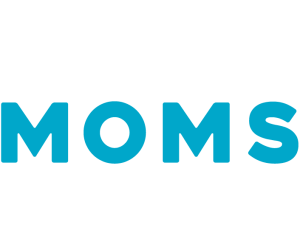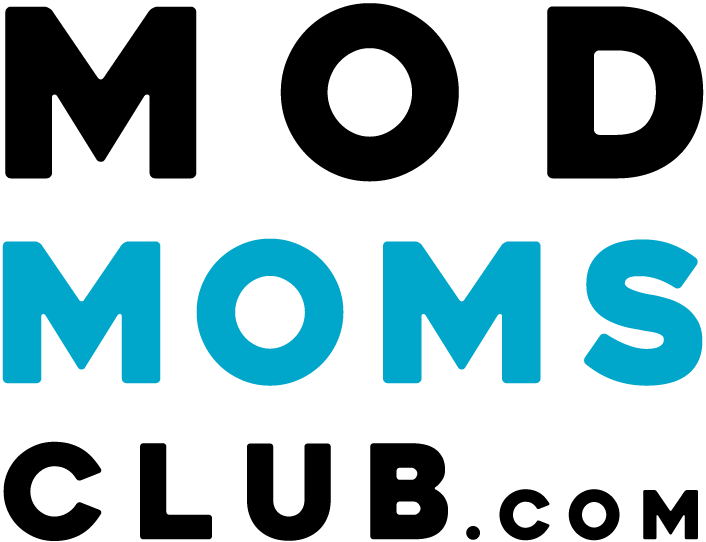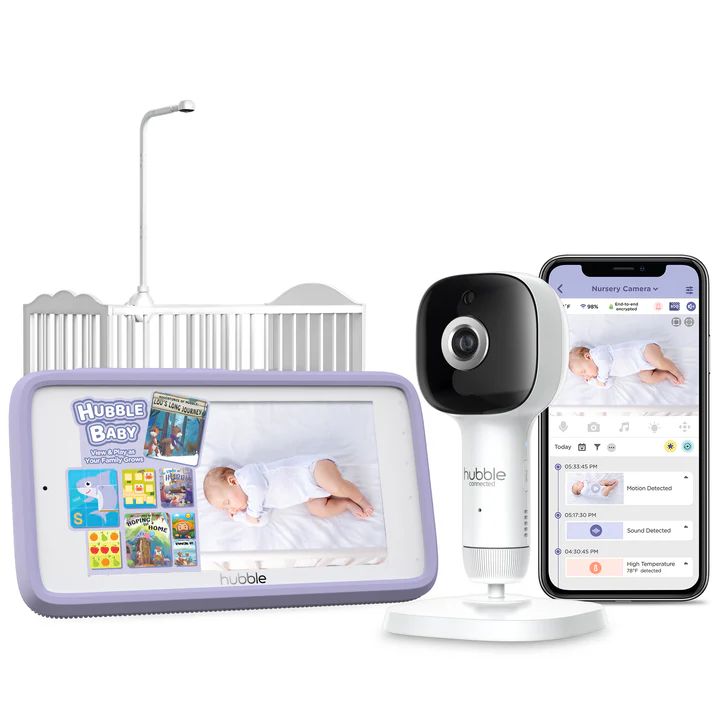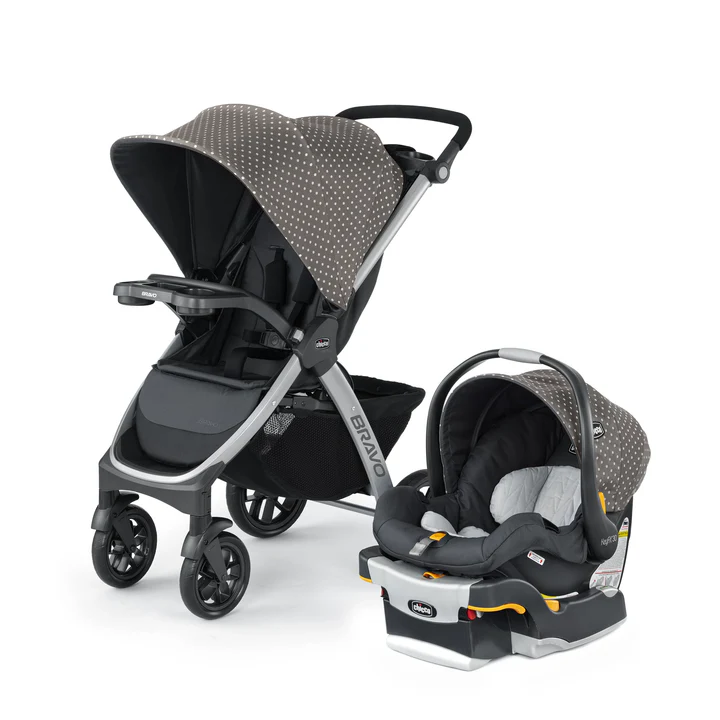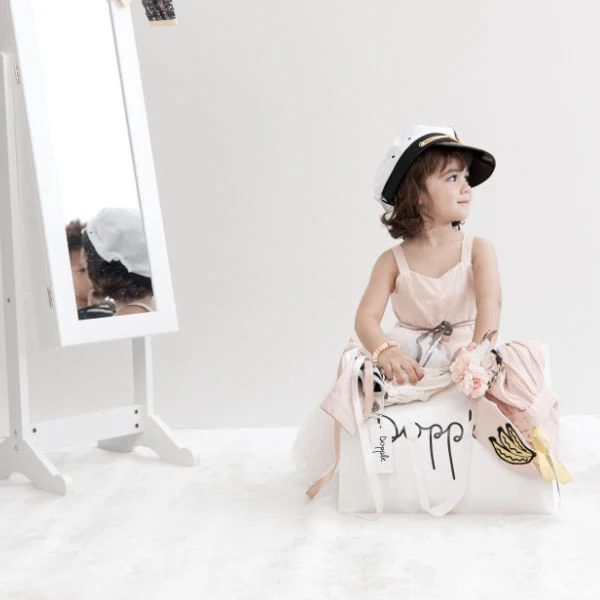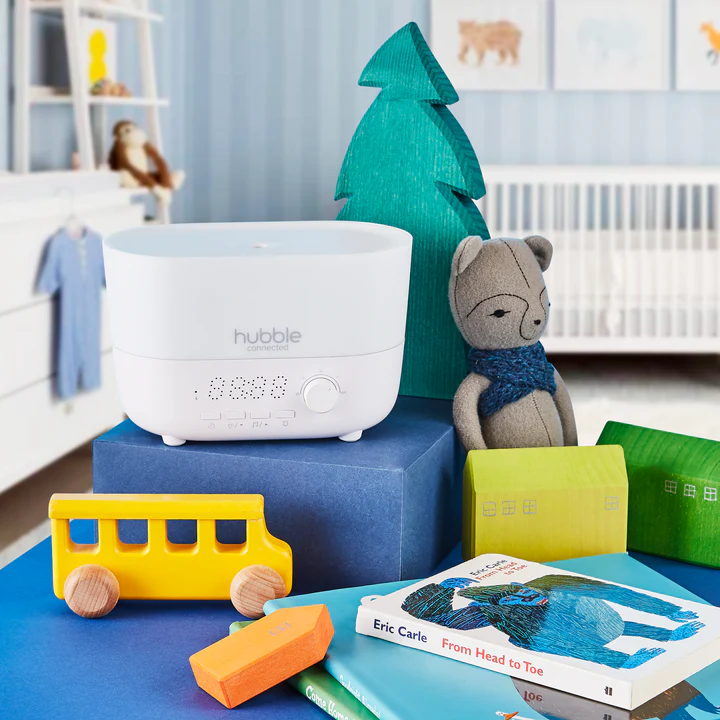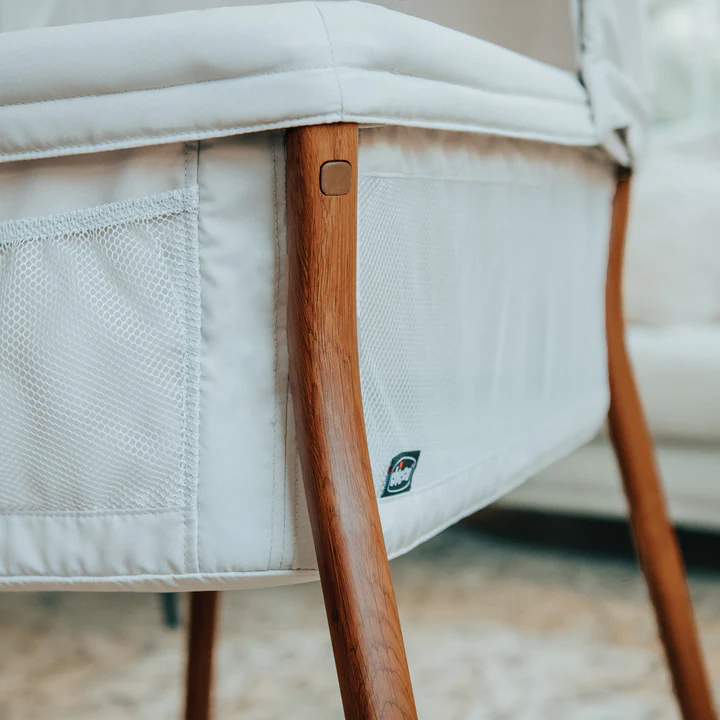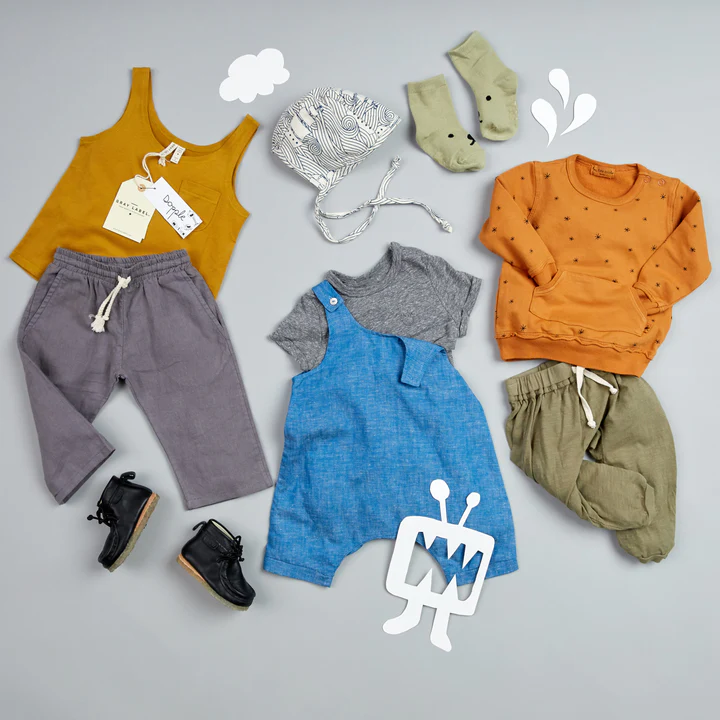“I want to dedicate it to my husband Mark, because I feel like he’s just changed my life in so many ways.”
In 1994, a woman named Linda Archerd created four embryos through in vitro fertilization (IVF), which was a “fairly new technology at the time,” according to MIT Technology Review.
The first embryo resulted in the birth of her baby girl, who is now 30 years old with a 10-year-old daughter of her own.
Archerd went on to name the remaining three embryos her “three little hopes” and paid to have them frozen and stored for when she was ready to have another baby.
RELATED: Baby boy born at 21 weeks becomes Guinness World Records ‘most premature baby’ ever
But by the time she reached menopause, her plans changed and another baby wasn’t in her script.
Archerd, now 62, has been paying roughly $1,000 per year for the past 31 years to keep her embryos frozen because she didn’t want to discard them or donate them for research.
Instead, she put them up for adoption.
In 2022, nearly three decades after the embryos were created, Archerd’s “three little hopes” entered a matching pool organized by the Nightlight Christian Adoptions agency.
But finding a match proved to be difficult since “over 90% of clinics in the US would not have accepted these embryos,” according to Beth Button, an executive director of the program, per MIT.
That is until Lindsey and Tim Pierce, a couple in their mid-30s, came along.
The couple had been trying to have a baby for seven years with no luck. They came across the Nightlight program while considering child adoption.
Upon signing up for the program, they were matched with Archerd’s embryos from 1994.
The couple then registered with Rejoice Fertility in Knoxville, TN, where reproductive endocrinologist John Gordon has committed his practice to “create as few excess embryos as possible,” according to MIT.
Lindsey Pierce underwent embryo transfer in November
Archerd’s first embryo stopped growing and never made it to Lindsey Pierce’s uterus, but the other two did.
The embryo transfer happened on Nov. 14 — and it didn’t take long for one of them to develop into a fetus.
On July 26, the couple welcomed a baby boy named Thaddeus Daniel Pierce.
“We had a rough birth but we are both doing well now,” Lindsey Pierce told MIT. "He is so chill. We are in awe that we have this precious baby!"
Exclusive: A record-breaking baby has been born from an embryo that’s over 30 years old https://t.co/F0gLtfVPVc
— MIT Technology Review (@techreview) July 29, 2025
After spending nearly 31 years as a frozen embryo, Thaddeus is now considered the world’s “oldest baby” — a record previously held by twin babies born in 2022 from embryos frozen in 1992, per the BBC.
Like baby Thaddeus, the embryo transfer for the twins was also performed by Dr. Gordon.
In addition to being the world’s oldest baby, Thaddeus also technically has a 30-year-old sister — that being Archerd’s daughter born in the mid-1990s.
“The first thing that I noticed when Lindsey sent me his pictures is how much he looks like my daughter when she was a baby,” Archerd told MIT.
“I pulled out my baby book and compared them side by side, and there is no doubt that they are siblings,” she added.
Archerd has yet to meet Thaddeus, but she said it would be a “dream come true” when that day comes.
“I wish that they didn’t live so far away from me ... He is perfect!” she added.
And while Lindsey Pierce gave birth to a record-breaking baby, that was never the couple’s intention.
ALSO ON MOD MOMS CLUB: New study proves that postpartum recovery takes much longer than initially expected
“We didn’t go into it thinking we would break any records,” the newly-minted mom said. “We just wanted to have a baby.”

